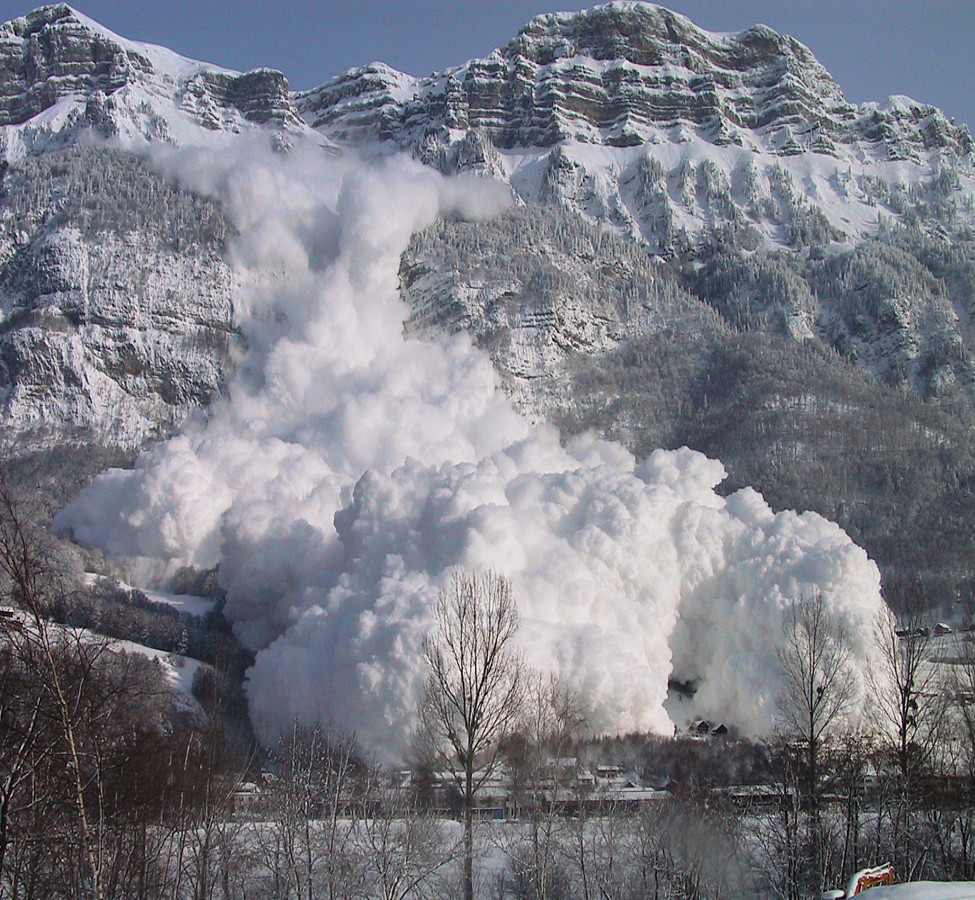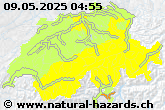Formation of an earthquake
According to its origin three types of earthquakes are distinguished:
- Volcanic tremors
- Tremors caused by underground collapse
- Tectonic tremors
By far the most dangerous type of earthquake is the tectonic earthquake which accounts for around 90% of all earthquakes. Such earthquakes arise when the earth’s crust moves along a tectonic fault. Elastic strain energy accumulates along these fault lines. As soon as a certain volume of energy is reached, the accumulated energy between the fault blocks of the earth’s crust suddenly discharges. Enormous quantities of energy are released in the form of seismic waves which form the waves of the earthquake. The place where this energy is released in the earth’s interior is known as the seismic focus or hypocentre; the epicentre is located perpendicular to it on the surface of the earth. The waves vary in their speed and intensity depending on the substratum.
Volcanic earthquakes which are limited in scope only account for 3% of all earthquakes. They arise in conjunction with volcanic activity and the accompanying movements in the earth’s core.
Subsidence earthquakes account for 7% of all earthquakes. They are caused by the collapse of cavities in the geological substratum.
Earthquakes can trigger secondary events like rock avalanches, rock fall, landslides or liquefaction phenomena (cf. picture). Of particular importance are secondary phenomena along the coastline: sub-aquatic tremors can trigger tsunamis. These large waves can completely destroy coastal areas.





